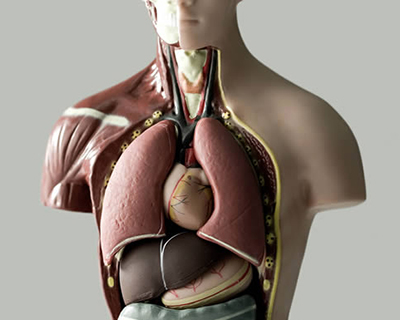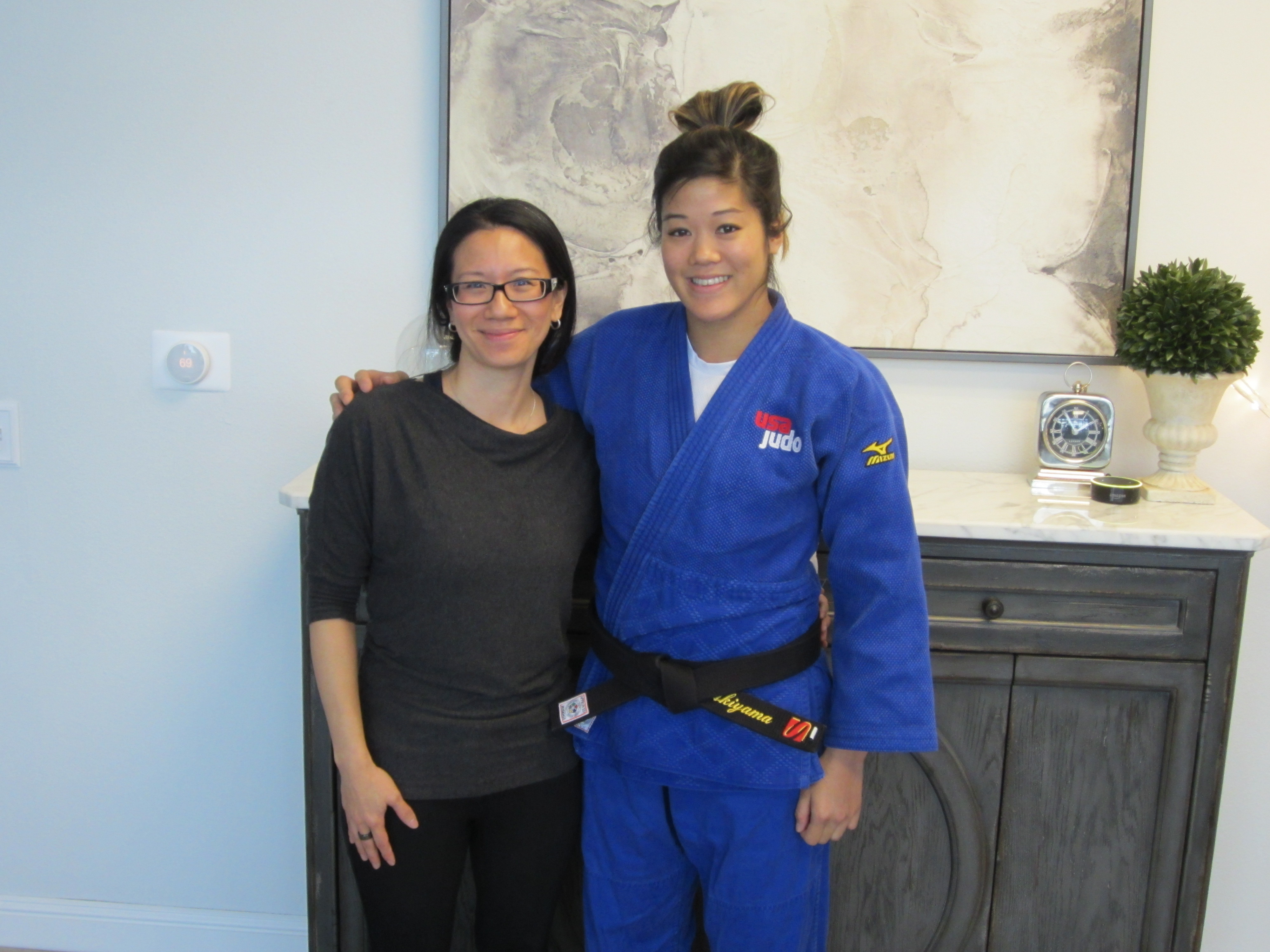Fascia: The Human Web
What is Fascia?
Fascia is all the connective tissue in the body. The official working definition of fascia from the 4th Fascia Research Congress is:
Fascia is a sheath, a sheet or any number of other dissectible aggregations of connective tissue that forms beneath the skin to attach, enclose, separate muscles and internal organs."
What does that mean? Fascia is all the connective tissue that connects the body and because of how it connects the whole body, it allows for interaction and communication of the body as a whole.
What is fascia composed of?
Fascia is composed of 2 parts: the majority, extracellular matrix, and some metabolically active cells. The most common cell type is the fibroblast cell. They produce the component of the extracellular matrix. These products include proteins of the ground substance including hyaluronic acid and fibers likes collagen. The extracellular matrix is mostly composed of ground substance and some collagen. The collagen fibers are critical for strength and mechanical properties of fascia. The ground substance is responsible for viscocity and sliding as well as plastcity.
Innervation of fascia
The fascia is the most richly innervated system in the body. The fascia is innervated by mechano or proprioceptors that are responsible for positioning and balance. There are also free nerve endings in the fascia that are nociceptors that are embedded in the fascia itself. These nerves are responsible for sensation and touch. When fascia is disrupted with abnormal in growth of fascial fibers and substance, entrapment of these nerves can occur and result in pain.
References:
SStecco C, Gagey O, Belloni A, et al. Anatomy of the deep fascia of the upper limb. Second part: study of innervation. Morphologie. 2007a;91:38–43.
Yahia L, Rhalmi S, Newman N, Isler M. Sensory innervation of human thoracolumbar fascia. An immunohistochemical study. Acta Orthop Scand. 1992 Apr;63(2):195-7.
Tanaka S, Ito T. Histochemical demonstration of adrenergic fibers in the fascia periosteum and retinaculum. Clin Orthop Relat Res. 1977;126:276–281.
How do fascial restrictions occur?
Fascia must glide for proper function. Gliding relies on hyaluronic acid. If hyaluronic acid becomes too dense, it alters the force transmission with a reduction in sheer strain. The work of Antonio Stecco showed that when hyaluronic acid is properly attached to collegen fibers, deep fascia glides smoothly. However, when there is abnormal deposition of hyaluronic acid between collegen layers, clumping occurs with resultant fascial restrictions. Abnormal deposition can occur for a variety of reason including overuse, injury, nutritional status, stroke, etc.
How can you get more answers?
Dr. Wang can work with you to figure things out. Dr. Wang uses diagnostic fascial sequencing using sonoelastography and layer specific palpatory verification, and fascial layer specific hydromanipulation to release adhesions and densified tissues in myofascial pain syndromes and connective tissue pathology.








